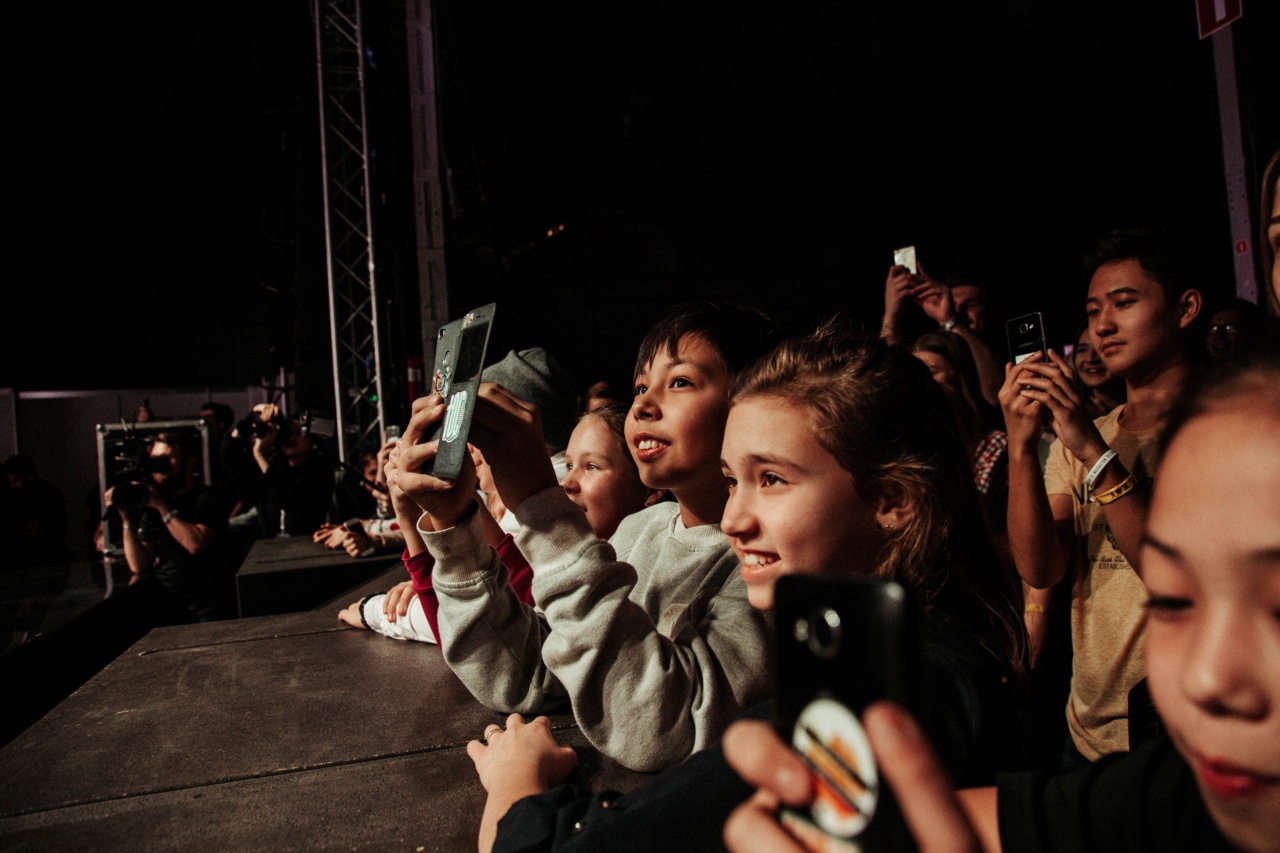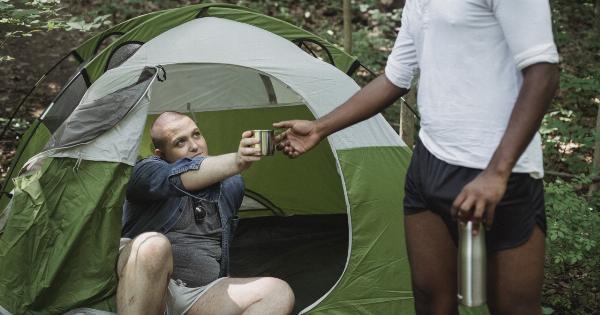Summer is here and in full swing, and that means one thing: plenty of time soaking up the sun at the beach, pool or park. But do not forget what comes with sunbathing; sunburns! Not only painful, sunburns can be dangerous.
They increase the risk of skin cancer, premature aging, and sun damage. While applying sunscreen, is critical for anyone who spends time outdoors, it doesn’t guarantee you won’t get a burn. To avoid getting a sunburn while using sunscreen, follow these twelve tips.
1. Apply Sunscreen Often & Correctly
The most significant mistake people make with sunscreen is failing to apply enough, applying it correctly, and reapplying it as necessary. A general rule of thumb is to apply at least a nickel-sized dollop on each arm, leg, your face, neck, and chest.
Apply fifteen minutes before exposure to the sun and reapply at least every two hours, more frequently if you guarantee you never break a sweat or come into contact with water. Failure to reapply will give the skin an illusion of protection when protection has dwindled away.
2. Don’t Skimp on SPF
If you’re using a low SPF sunscreen, you’re setting yourself up for a sunburn. There is no harm in going with sunscreens that have higher SPF. Doctors recommend SPF 30 as a minimum, but SPF 50 or higher protection is ideal.
3. Protect Your Lips with Sunscreen Lip balm
The lips are one of the most sensitive parts of the body, and they burn easily. Use lip balm with a high SPF to protect them.
4. Don’t Forget Your Scalp Part
Depending on the thickness of your hair, scalp parts are vulnerable spots that are often missed while protecting the skin from the sun. Protect your scalp with a hat or sunscreen. Use a spray-on sunscreen that is also hair-friendly.
5. Be Careful around Water and Sand
The sun’s UV rays reflect off of the sand, water, and other shiny objects, so be sure to take extra precautions when you’re at the beach, lake, or pool. Wear a hat, sit under an umbrella, or find a shady spot.
Apply the first layer of sunscreen at home to help protect your skin before heading outdoors, and reapply as often as necessary.
6. Avoid Peak Sun Hours
The sun’s rays are most excessive between 10 a.m. and 2 p.m., so try to avoid spending too much time outside during these hours.
Instead, choose to spend time outside early in the morning or in the late afternoon when the sun’s rays are less intense.
7. Wear Protective Clothing
Wearing protective clothing can help protect your skin from harmful rays. Light-colored clothing has been found to offer more protection than dark-colored, thin clothes. Additionally, consider wearing clothing made with UV-protective fabrics.
Hats are also great for shading the face and scalp from the sun.
8. Moisturize Your Skin
Dry skin can burn faster than moisturized skin. Apply a quality moisturizer to your skin before going outside, and reapply as necessary.
Utilize a lotion that also contains SPF, or pair your regular moisturizer with sunscreen to get the benefits of moisturizing, hydrating, and protecting in one.
9. Cover Your Eyes from the Sun
The sun produces ultraviolet rays that can be harmful to your eyes. When heading outside, consider wearing sunglasses with UV protection that will block at least 99% of the sun’s UV rays.
Your eyes will thank you, and your skin will be better protected too.
10. Keep Yourself Hydrated
Sunburn is a sign of dehydration; therefore, it’s crucial to keep yourself hydrated when spending time outside. Drink plenty of water throughout the day and limit caffeinated or alcoholic beverages.
It is easy to become dehydrated under the sun on a hot day, so it is crucial that you keep a bottle of water with you at all times.
11. The Use of a Cooling Spray after Sun Exposure
After sun exposure, it’s helpful to use a cooling spray that will help soothe your red and burnt skin, keeping it moisturized as well. Sunburned skin tends to be dry and sensitive, so it will recover better if you keep it moisturized.
12. Avoid Tanning Beds
Tanning beds undermine the benefits of any sun-safe procedures. Artificial tanning bulbs produce more intense UV radiation than the sun, increasing the possibility of developing skin cancer.




























